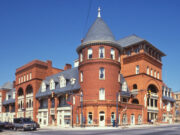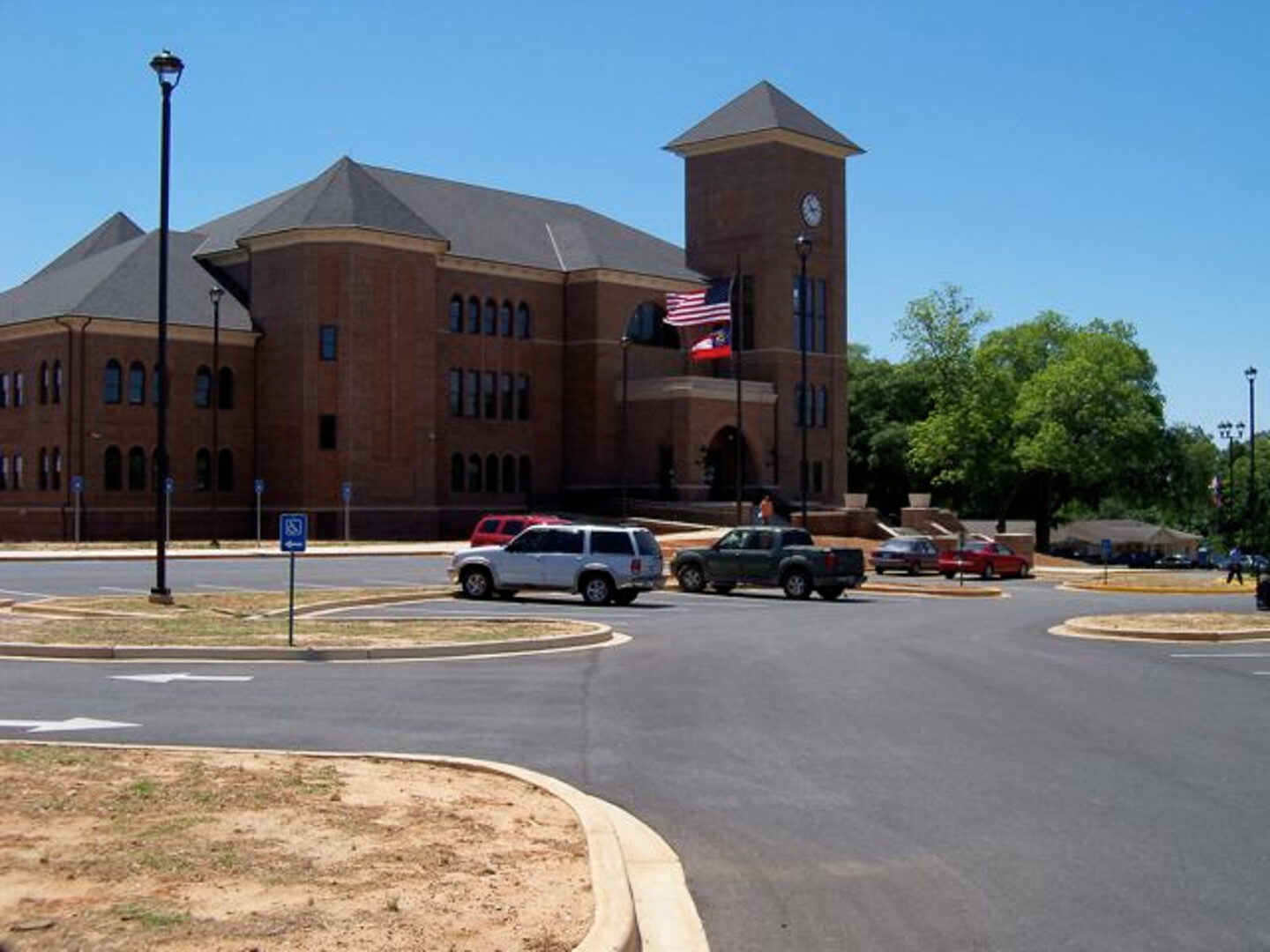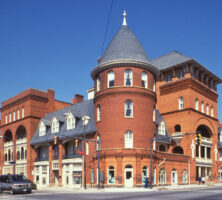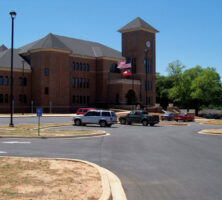Sumter County, in southwest Georgia, was established by an act of the state legislature on December 26, 1831, just four years after the Creek Indians vacated the region when the state acquired the territory from them in the 1825 Treaty of Indian Springs.
Sumter, the state’s eightieth county, was created entirely from Lee County, now situated to its south. The county was named for General Thomas Sumter (1734-1832) of South Carolina. At the time of the county’s creation, the general was ninety-seven years old and the last surviving general of the American Revolution (1775-83).

Shortly thereafter, a committee chose a central site for the county seat and laid out what would become the town of Americus. Many of the county’s earliest white residents acquired their land through an 1827 state land lottery and, like many of those moving into southwest Georgia at the time, quickly turned their property into cotton farms and plantations. The rich black soil combined with ready market access via the Flint River (bordering the county on the east) or the Chattahoochee River (farther west) to make Sumter among the state’s most prosperous Black Belt counties by the 1840s and 1850s. Enslaved laborers, of course, were integral to that formula for economic success, and Sumter residents owned nearly 4,000 of them by 1850.
The Civil War (1861-65) brought one of Georgia’s most notable and notorious landmarks to the area, when a small village named Andersonville, nine miles north of Americus on the county’s northern edge, was selected by Confederate authorities as the site for a prisoner of war camp. The Andersonville prison was built in neighboring Macon County and became the largest such prison in the South. During the camp’s fourteen-month existence, some 45,000 Union prisoners suffered some of the worst conditions and highest casualties of any of the camps. Today Andersonville National Historic Site serves as a memorial to all American prisoners of war throughout the nation’s history. The 495-acre park lies in both Macon and Sumter counties and consists of the historic prison site and the National Cemetery.
Other areas of the county have attracted national attention in the twentieth century for very different reasons. In 1942 two Baptist ministers chose a farm in the western part of the county as the location for a Christian commune named Koinonia, where Black and white workers lived and worked together for nearly fifty years, generating some hostility among local residents during its early years.
Sumter County counts a U.S. president among its native sons. Jimmy Carter was born and raised on a peanut farm in Plains, a small community on the county’s western edge. His election to the presidency in 1976 brought the small town considerable attention from journalists and tourists, which it continues to receive as the former president and his wife, and much of their family, still make Plains their home. Carter’s birthplace and childhood home has been designated a national historic site and is open for tours.

The international headquarters of Habitat for Humanity, a nonprofit organization whose mission is to eliminate homelessness, is located in Americus, the home of its founder, Millard Fuller. In addition to Habitat’s socially impactful activities, Koinonia Partners publishes a bimonthly newsletter for the Prison and Jail Project promoting prisoner reform and education. Americus is also home to two colleges: Georgia Southwestern State University, a public four-year institution established in 1906, is part of the University System of Georgia. South Georgia Technical College, which stands near Souther Field, was a training base for American and British aviators during World War I (1917-18). Charles Lindbergh learned to fly here and assembled a military surplus “Jenny” aircraft with the help of mechanics at Souther Field. Downtown Americus boasts two prominent examples of historic restoration: the Windsor Hotel, built in 1892, and the Rylander Theatre, which originally opened in 1921.
Sumter remains largely a rural county. According to the 2007 U.S. census of agriculture, cotton remains its major crop, with about 20,000 acres under cultivation, followed by corn, soybeans, wheat, and peanuts.
According to the 2020 U.S. census, the population of Sumter County was 29,616.










